The injection molding process is quite complex. It involves several different parts working together to produce a plastic product. However, one part that stands out is the mold itself, where one injects the molten plastic to form the fixed and desired shape of the plastic product. The mold is obviously one of the most important functional parts of injection molding, but also one of the most expensive. Damage to the mold represents a significant financial obligation. Fortunately, this is an obligation you can avoid. How? By proper mold treatment. Here, we will overview some injection molding tool surface treatments.
Why Is Injection Mold Treatment Important?
Perhaps the easiest answer to this question is – to save costs. This makes sense when you consider how much molds cost. A single mold can cost hundreds of thousands of dollars, and that’s just the cost to purchase it. This cost can and should be avoided, and injection molding tool surface treatment is one way to accomplish this.
Molds aren’t at all weak, typically made of hardened steel. However, the process of injecting melted plastic resins at high temperatures and pressures will eventually take its toll on the injection molds. Many of the thermoplastic materials used today are also abrasive and will cause abrasion and friction to the mold surfaces after many injection cycles. There is also the risk of corrosion and fatigue after continued use.
While the end result is usually damage to the molding tool, the quality of work produced by molds affected by corrosion, friction, wear, and abrasion is usually lower than required. The mold flow may also suffer without proper mold treatment. All of these may drive away customers, and winning them back is usually challenging, even after replacing the mold. This further emphasizes just why injection molders must be educated on mold treatment and the different mold finishing tools.
Types of Surface Treatment for Plastic Injection Mold Tools
Steel is hard, yes. But is it hard enough to protect injection molds from wear and tear after prolonged exposure to the molten resin of high temperature and pressure? No, not quite. Different surface treatments can afford the much-needed extra protection. We will briefly examine a few of them below.
Plating
Plating is one of the commonest solutions to mold wear, tear, and abrasions. There are two primary forms of plating – electrolytic and electroless. The difference between the two stems down to the presence of electrical currents or not. Electrolytic plating requires an electric current, while electroless plating does not.
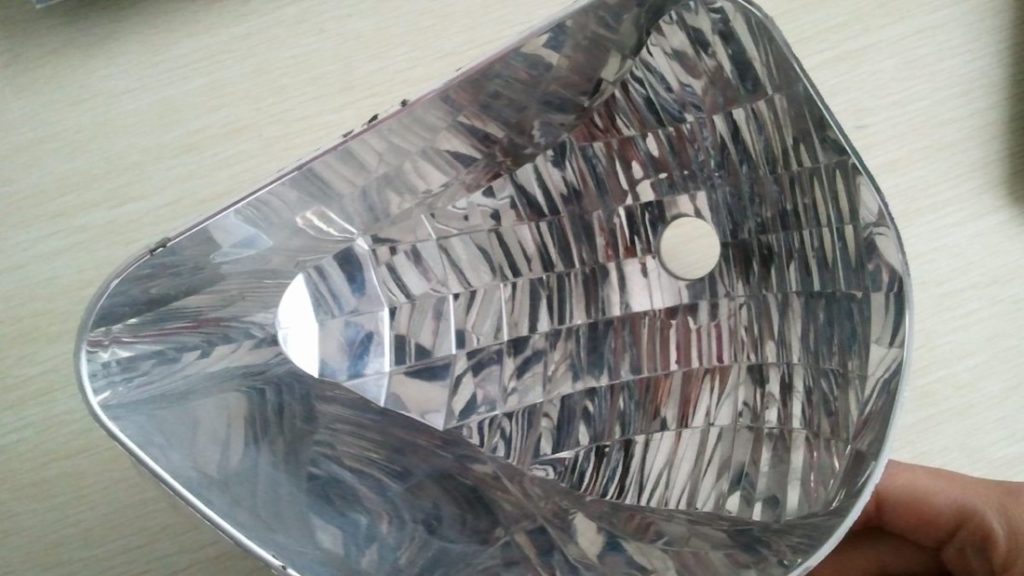
Chrome plating and electroless nickel plating are the two most typical forms of plating for molds. Chrome plating involves electroplating a thin layer of chromium on the mold. The product of chrome plating is chrome. Unlike nickel plating, chrome plating requires the use of a conformal anode that goes into the mold cavity. This means chrome plating will take more time, especially for detailed molds, and, by implication, may cost more. Another downside here is chrome plating for too long can inhibit uniform plating, especially in detailed molds. Mold surface texture is harder with chrome, making them more resistant to rust. Chrome plating is usually smooth and very functional.
Electroless nickel plating is one of the more versatile of all injection mold surface treatments. Electroless plating relies on chemical reactions rather than electric current. It offers protection against corrosion, lubrication concerns, abrasion, and even chemical attack. This form of plating does not require an anode, which implies more uniform plating than chrome plating. Black nickel is one of the most identifiable electroless nickel platings.
Whether chrome or nickel, one thing plating assures is durability. Mold treatment with plating will ensure the molds last through more injection cycles without compromising product quality.
Nitriding
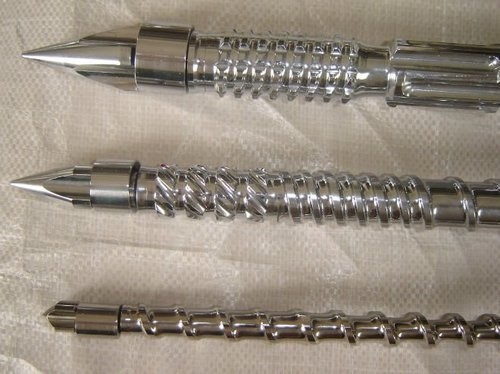
Nitriding is a thermochemical diffusion process. Along with carburizing, this form of mold treatment is the most common heat treatment practice. This process allows for the diffusion of nitrogen atoms into the mold surface at low temperatures without any change in the phase structure of the mold surface. No phase change means minimal distortion of the steel of the mold.
There are various forms of nitriding, including ion nitriding, pack nitriding, salt bath nitriding, and gas nitriding, all with the same purpose of increasing molding surface texture and performance.
For this process, the mold parts are exposed to active nitrogen between 925 to 985F. Proper temperature control is critical to the nitriding process for minimal distortion of the steel. In addition, the injection mold components that are treated using nitriding are typically stress-relieved before final machining to ensure negligible size changes.
Over time, the nitriding process has been developed and improved from the traditional gas nitriding techniques to more controlled nitriding using a computer to control the nitriding parameters.
Nitriding leads to the development of a hard mold case, but parts that need to remain soft can be masked in the nitriding process. The hard mold case will make it resistant to wear and abrasion.
Carburizing
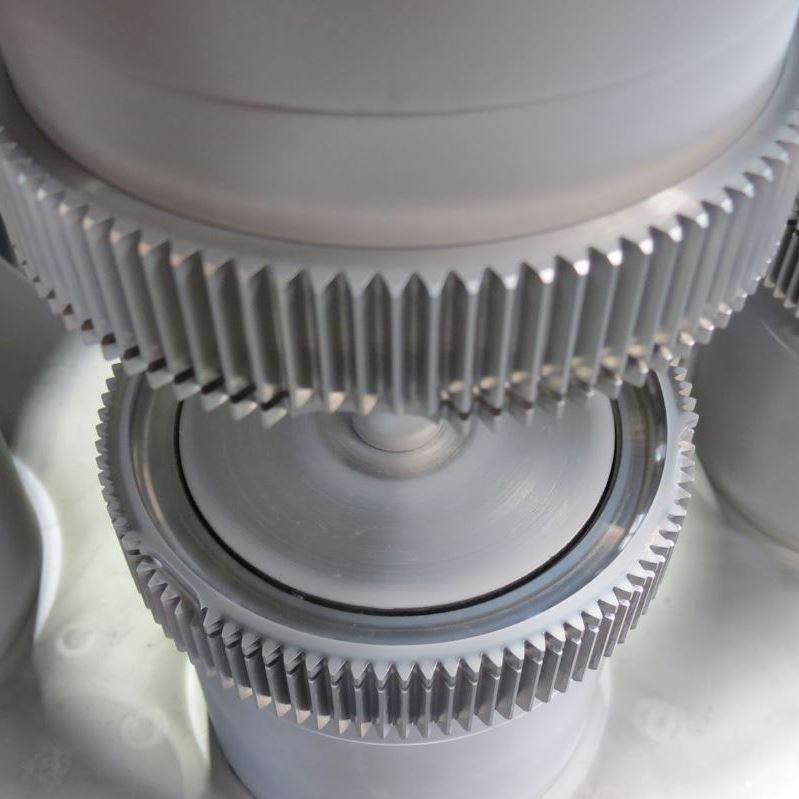
Another mold treatment practice that requires heat is carburizing. This process is similar to nitriding. The primary difference is the diffusion of carbon atoms into the surface of the injection mold components under processing rather than nitrogen atoms in nitriding.
Carburizing often leads to wear-resistant and tough molds. This process entails heating the injection mold components in a pit furnace. Then, introducing the carburizing gases to allow for diffusion into the mold surface.
As with nitriding, there are various forms of carburizing processes, including gas carburizing, vacuum carburizing, pulsed plasma carburizing, and high-temperature carburizing.
Carburizing is a better injection molding tool surface treatment than nitriding for heavier and more loaded mold components, like large gears and bearings. Unlike nitriding, carburizing requires post-heat treatment. This is because of the markedly higher temperature carburizing occurs.
PVD Coating
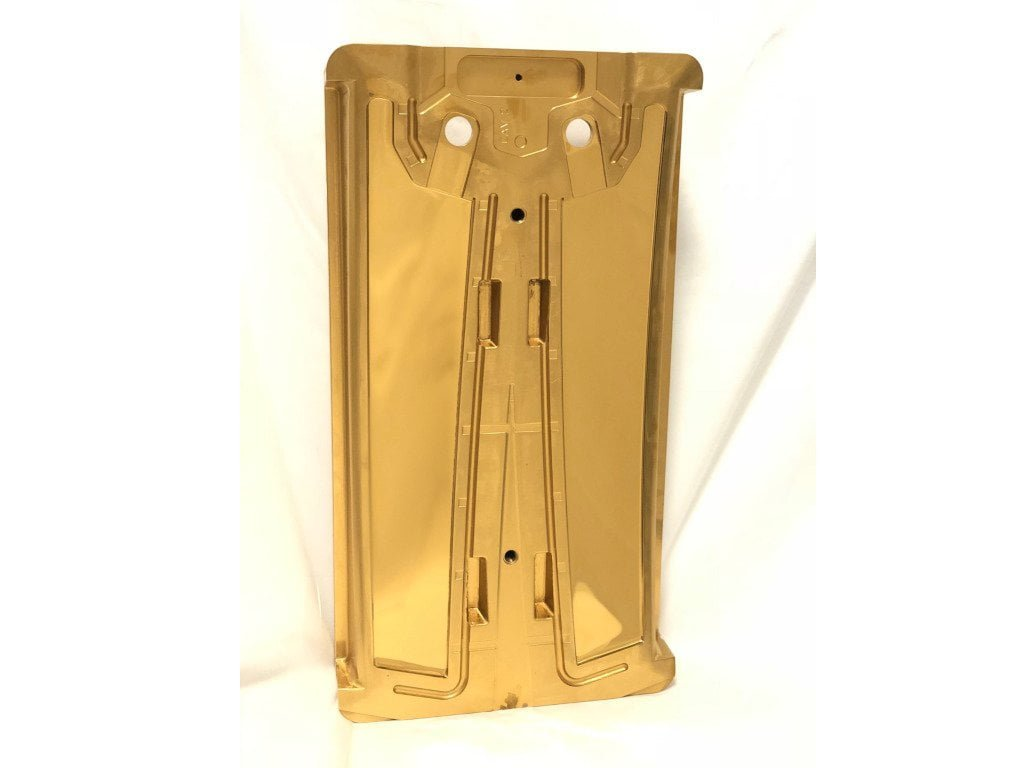
PVD is an acronym for Physical Vapor Deposition. Also known as thin-film coating, this type of mold treatment is a process where a solid material, known as a source, is vaporized in a vacuum and deposited onto the surface of a mold component. The source is typically a ceramic or metal rod.
The commonest PVD coating processes are evaporation and sputtering. With evaporation, the process utilizes a cathodic arc or electron beam source. On the other hand, sputtering involves the use of magnetic enhanced sources.
The principle behind this process is the formation of high-density mold surfaces due to the bombardment of the mold component with energetic, positively charged ions. The source material is made to sputter into plasma, forming strong bonds with the mold surface, and forming a thin adhesive layer.
It is also possible to create compound coating compositions by introducing reactive gases, like oxygen and nitrogen, into the vacuum chamber during the bombardment.
PVD coating will help improve the strength of the mold. Because the layers formed are also very thin, the coat has little impact on the final dimensions of the mold components. PVD injection molding tool surface treatment is one of the most acceptable in the industry today; however, its use is just for materials that can withstand the very high temperature this process entails. This process also isn’t ideal for very detailed molds with lots of hidden parts.
PVD coating can be functional or decorative, based on whether the emphasis is on improving overall performance or improving aesthetics, respectively. Titanium Nitride (TiN) is an example of a functional PVD coating, while a Zr-based film is an example of a decorative PVD coating.
CVD Coating
CVD is an acronym for Chemical Vapor Deposition. The principle behind this coating is similar to PVD’s, with the major difference being the use of a chemical reaction to produce the thin film that coats the mold in CVD coating.
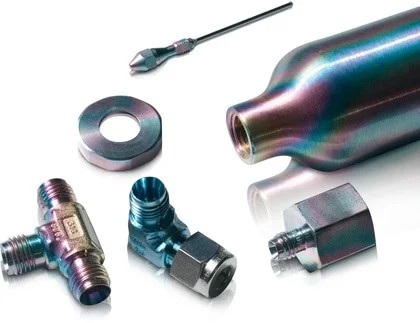
The CVD coating process is usually carried out in a CVD reactor. One of the issues with PVD coating is the high temperature at which it is carried out; well, CVD coating is carried out at even higher temperatures (around 1925F). This, as you would imagine, limits this mold treatment to components that can withstand elevated temperatures.
The thin film formed in this coating process is due to reactions between gaseous phases and the hot mold surface in the reactors.
Like PVD, CVD coating ensures tough mold, resistant to wear and abrasion. The film formed is also very thin, usually in the nanometer range, ensuring that the final dimensions of the mold aren’t significantly altered.
CVD coating is useful for a wide range of mold components, particularly those that involve lots of sliding. However, because of the gas-dependent nature of this process, masking some areas may be difficult or even impossible.
It is noteworthy that many of these processes are duly considered during rapid tooling. And you can find the best rapid tooling services at RapidDirect.
Considerations for Mold Treatment
There are several factors to consider before applying the various mold finishing tool. Here are some of them.
- The type of mold component or part that undergoes the mold treatment process must be well-examined. Don’t just choose any mold finishing tool. Rather, consider the heat tolerance of the mold component, as different processes will have different heat impacts on the mold surface. Also, the leeway you can afford with final dimension changes should come into play. Some mold components need extremely thin films while others can take relatively thick coatings.
- The price of mold treatment is another essential factor to consider. The best processes usually cost more, but there are times when it is more economical to go for cheaper options, particularly when the injection mold is only for sporadic use.
- You should also ensure the compatibility of the process with your mold. For example, some processes allow for masking; others don’t. So, if masking some mold components is essential to your mold treatment, then you should select processes that allow for masking. The same principle applies to the uniformity of coating.
RapidDirect Injection Molding Services
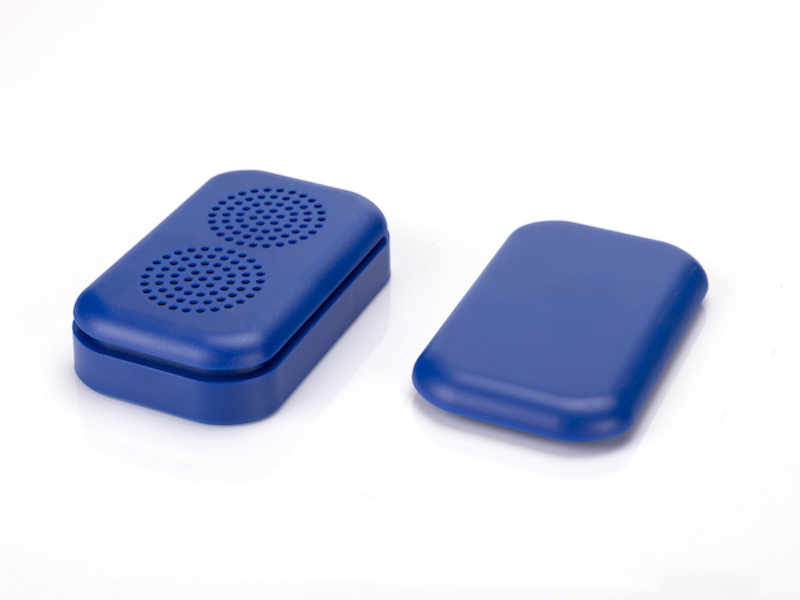
At RapidDirect, we have tons of experience on our side with injection mold design and mold treatment. Our team of experts is available and ready to help you out with all your injection mold problems. There’s more. We offer molding services of the highest quality, ensuring you don’t have to go through the stress of worrying about the right surface treatment, and yet maximizing the potential and lifetime of your mold components.


